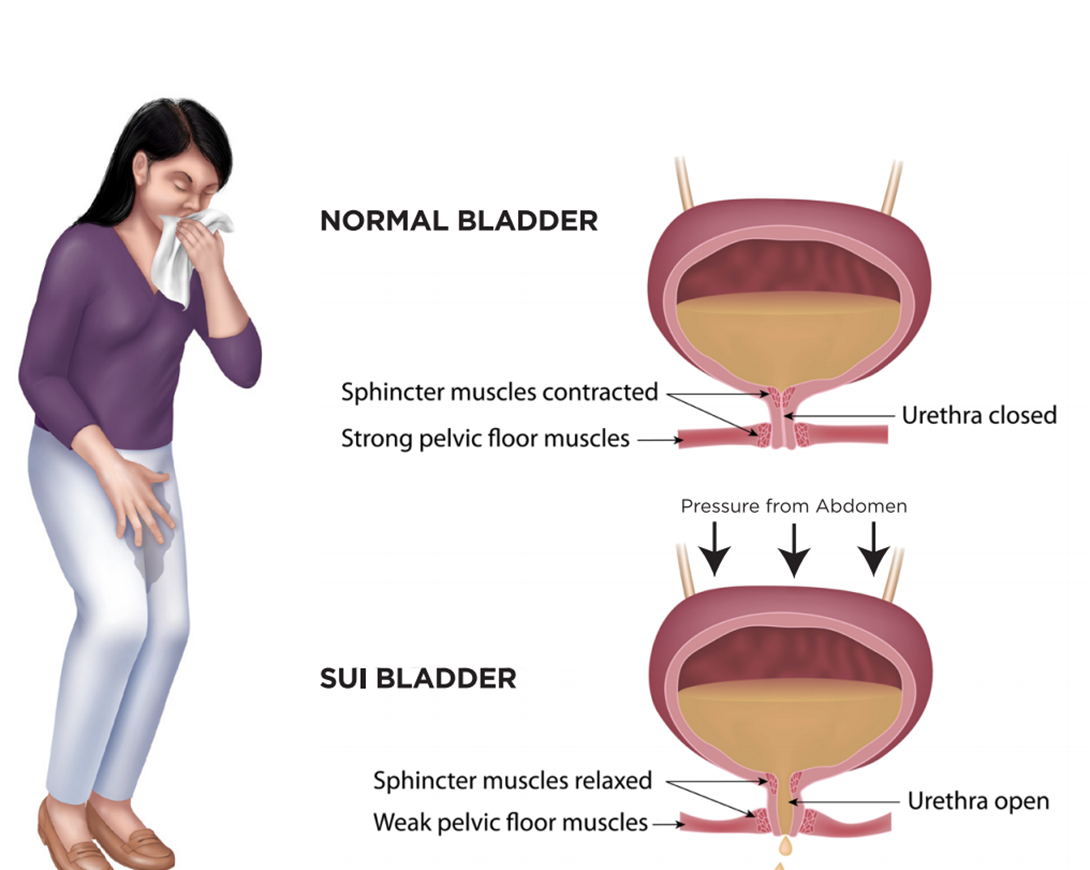The nurse is assessing an elder client for hydration. What is the best determination of hydration in this client?
Serum sodium levels
BUN
Urine osmolality
Urine color
The Correct Answer is C
Choice A reason: Serum sodium levels are not the best determination of hydration in this client, as they can be affected by other factors, such as fluid intake, fluid loss, kidney function, or medication use. Serum sodium levels can be normal, high, or low in a dehydrated or overhydrated client, depending on the cause and type of the fluid imbalance.
Choice B reason: BUN stands for blood urea nitrogen, which is a waste product of protein metabolism that is excreted by the kidneys. BUN is not the best determination of hydration in this client, as it can be influenced by other factors, such as protein intake, liver function, or muscle breakdown. BUN can be high or low in a dehydrated or overhydrated client, depending on the cause and type of the fluid imbalance.
Choice C reason: Urine osmolality is the best determination of hydration in this client, as it measures the concentration of solutes in the urine, which reflects the ability of the kidneys to adjust the urine output according to the fluid status. Urine osmolality can indicate the degree of dehydration or overhydration in a client, as it increases or decreases in response to the fluid balance.
Choice D reason: Urine color is not the best determination of hydration in this client, as it can be affected by other factors, such as food, medication, or infection. Urine color can be dark or light in a dehydrated or overhydrated client, depending on the cause and type of the fluid imbalance.
Nursing Test Bank
Naxlex Comprehensive Predictor Exams
Related Questions
Correct Answer is ["A","B","C"]
Explanation
Choice A reason: This is a correct answer because heart failure is a condition in which the heart cannot pump enough blood to meet the body's needs. This can cause fluid retention and congestion in the lungs, kidneys, and other organs. Heart failure can also affect the thirst mechanism and the secretion of antidiuretic hormone, which can lead to reduced fluid intake and increased fluid loss. Therefore, heart failure can increase the risk of dehydration in older clients.
Choice B reason: This is a correct answer because nonfunctional impairments are limitations in the ability to perform activities of daily living, such as bathing, dressing, or toileting. Nonfunctional impairments can be caused by various factors, such as cognitive decline, mobility problems, or sensory loss. Nonfunctional impairments can affect the access to fluids, the awareness of thirst, or the ability to swallow. Therefore, nonfunctional impairments can increase the risk of dehydration in older clients.
Choice C reason: This is a correct answer because longitudinal furrows on the tongue are signs of dehydration in older clients. The tongue is a mucous membrane that can reflect the hydration status of the body. Dehydration can cause the tongue to lose its moisture and elasticity, and develop cracks or fissures along its length. Therefore, longitudinal furrows on the tongue can indicate dehydration in older clients.
Choice D reason: This is an incorrect answer because hypertension is not an issue that might put your client at risk for dehydration, but rather a complication of dehydration. Hypertension is the elevation of the blood pressure above the normal range, which can damage the blood vessels and increase the risk of cardiovascular disease. Hypertension can be caused by various factors, such as aging, obesity, smoking, stress, or kidney disease. Dehydration can also cause hypertension, as the loss of fluid can reduce the blood volume and increase the blood viscosity and concentration of sodium. Therefore, hypertension is not a risk factor for dehydration, but a consequence of dehydration.
Correct Answer is ["A","C","D"]
Explanation
Choice A: Increase in physical activity
Physical activity can strengthen the muscles that help control urination. Exercises such as Kegels can specifically target these muscles, leading to improvements in urinary incontinence.
Choice B: Blood sugar control
While blood sugar control is important for overall health and can prevent complications from diabetes, it is not directly associated with improvements in urinary incontinence.
Choice C: Smoking cessation
Smoking can lead to coughing which puts pressure on the bladder and can exacerbate symptoms of urinary incontinence. Therefore, smoking cessation can lead to improvements.
Choice D: Weight reduction
Excess weight can put pressure on the bladder and surrounding muscles. Losing weight can reduce this pressure and improve symptoms of urinary incontinence.
There is no Choice E in this case. Each of these interventions can contribute to overall health and may indirectly affect urinary incontinence, but Choices A, C, and D are the most directly related to improvements in this condition.

Whether you are a student looking to ace your exams or a practicing nurse seeking to enhance your expertise , our nursing education contents will empower you with the confidence and competence to make a difference in the lives of patients and become a respected leader in the healthcare field.
Visit Naxlex, invest in your future and unlock endless possibilities with our unparalleled nursing education contents today
Report Wrong Answer on the Current Question
Do you disagree with the answer? If yes, what is your expected answer? Explain.
Kindly be descriptive with the issue you are facing.
